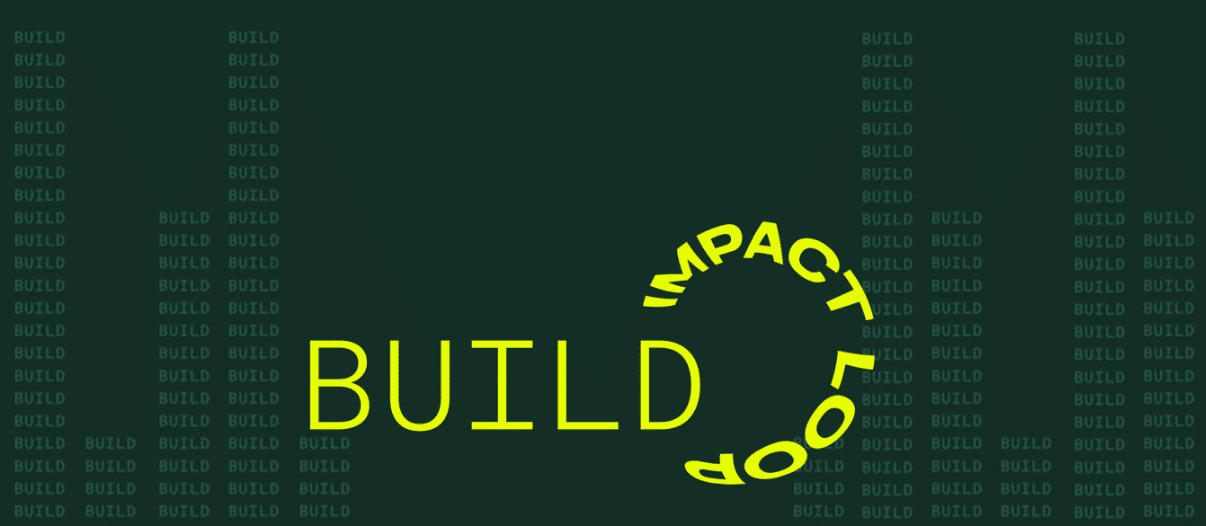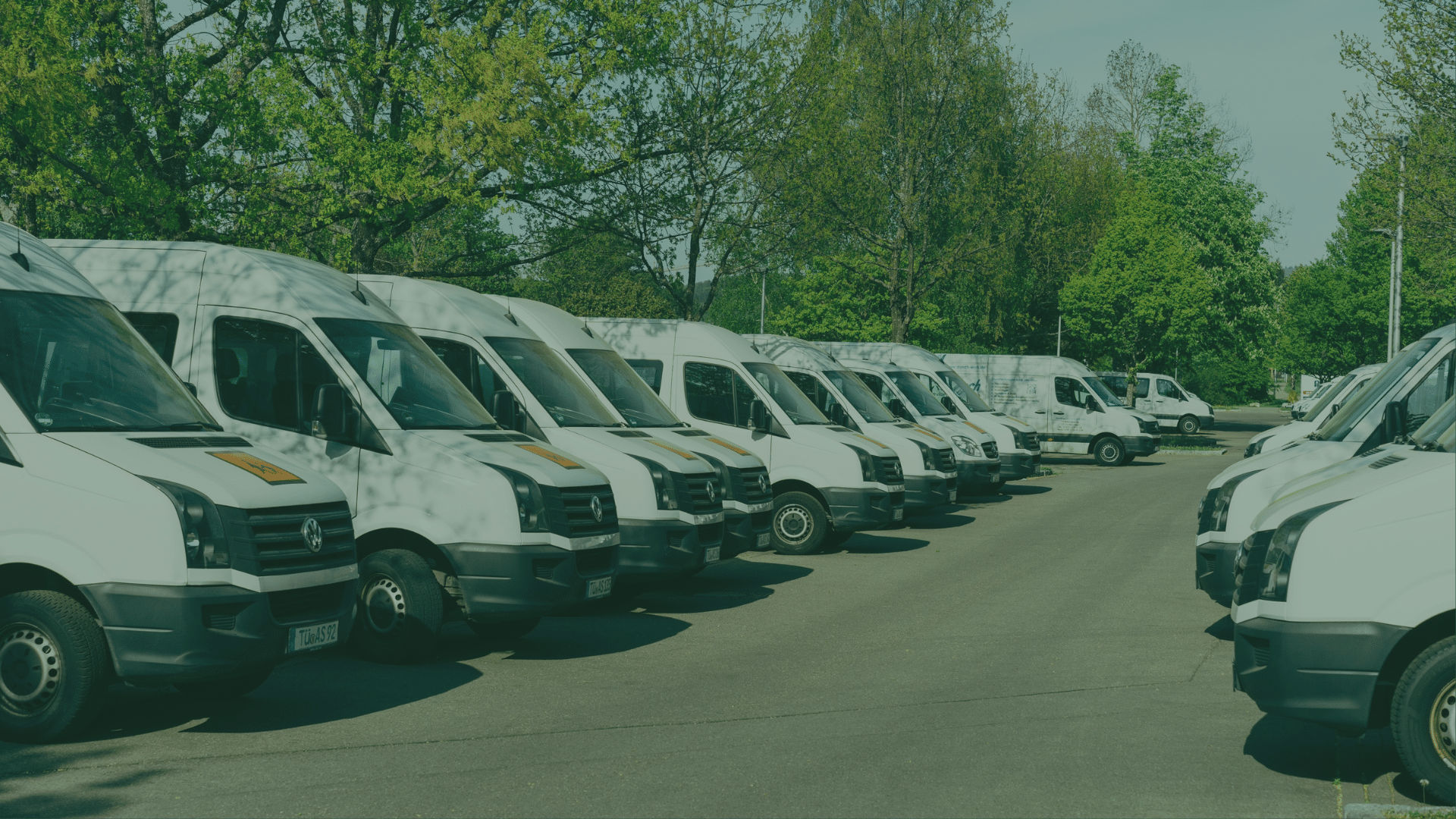Just got a message from your manager telling you your Vialumina Eco Score has… room for improvement? Don’t you worry – here’s a guide on how to both raise your own score, contribute to less emissions – and become a better driver too.
What is the Vialumina Eco Score?
Vialumina Eco Score is a score for all drivers using Vialumina GO, putting a layer of quantification on the performance of the drivers in relation to their ability to drive in an eco conscious manner. To many, this is known as EcoDriving, a driving technique that can result in 10–20 percent lower fuel consumption in comparison to driving without its application.
The technique was developed to reduce the environmental impact of driving, but it also leads to significantly lower fuel costs and less wear on the vehicle. (Fuel-efficient driving and has been included as a component in driver’s license training in Sweden since 2007 to disseminate knowledge about the technique and to train new drivers in how to reduce their carbon footprint.)
We calculate the Eco Score for vehicles with combustion engines differently from electric vehicles – since both driving behaviors, driving patterns and emissions from the respective categories differ.
Where do I find my Vialumina Eco Score?
Your score is visible to you in the Vialumina GO app and ranges from 1 to 5, where 1 is the worst possible score and 5 is the best possible score.
Based on what parameters is the Vialumina Eco Score calculated?
To calculate your score we collect data from driver actions known to contribute to higher emissions, these include:
- Acceleration
- Braking
- Cornering
- Over-speeding
- Excessive idling
- High RPM (Revolutions Per Minute)
We calculate the Eco Score for vehicles with combustion engines differently from electric vehicles and the above parameters apply to specifically the combustion engines. Driving an EV automatically raises your Vialumina Eco Score and the scoring is built sligthly different since the driving patterns and driving behaviors differ between EV drivers and drivers of vehicles with combustion engines these important differences have been taken into consideration.
How do I improve my Vialumina Eco Score?
Plan your driving
Many stops and hard braking – as well as acceleration and over-speeding – consume a lot of fuel. To save fuel, maintain a steady speed. This is achieved through planning your route and the timing of your journey – trying to avoid heavy traffic, and attempt to anticipate what’s happening in the traffic environment as far ahead as possible.
Engine Brake or regenerative braking
Braking always involves wasting energy – therefore, use engine braking as much as possible. Through engine braking, you can keep fuel consumption completely shut off. Release the gas in time and release it completely. This way, you can avoid using the foot brake entirely and maintain zero consumption during deceleration. And: If you’re driving an EV the regenerative braking will help re-fill your battery as you go.
Avoid excessive idling
While idling isn’t necessarily intentional at all times, excessive idling releases emissions when it is completely unnecessary to do so. We’re obviously not talking about stopping for a red light here, but having the engine turned on while waiting for co-workers to arrive in a parking lot definitely qualifies as excessive. This goes regardless if you drive a vehicle with a combustion engine or an EV.
Why is my Vialumina Eco Score important?
Choosing to drive in a conscious way to reduce emissions matters to the planet in the long run.
Many organizations have developed programmes to reduce emissions from conscious driving as a part of their sustainability initiatives. Keeping an eye on a score that measures these exact parameters gives these organizations the opportunity to measure and follow up improvements over time.
Book a demo or get a quote
We will get back to you within a business day



